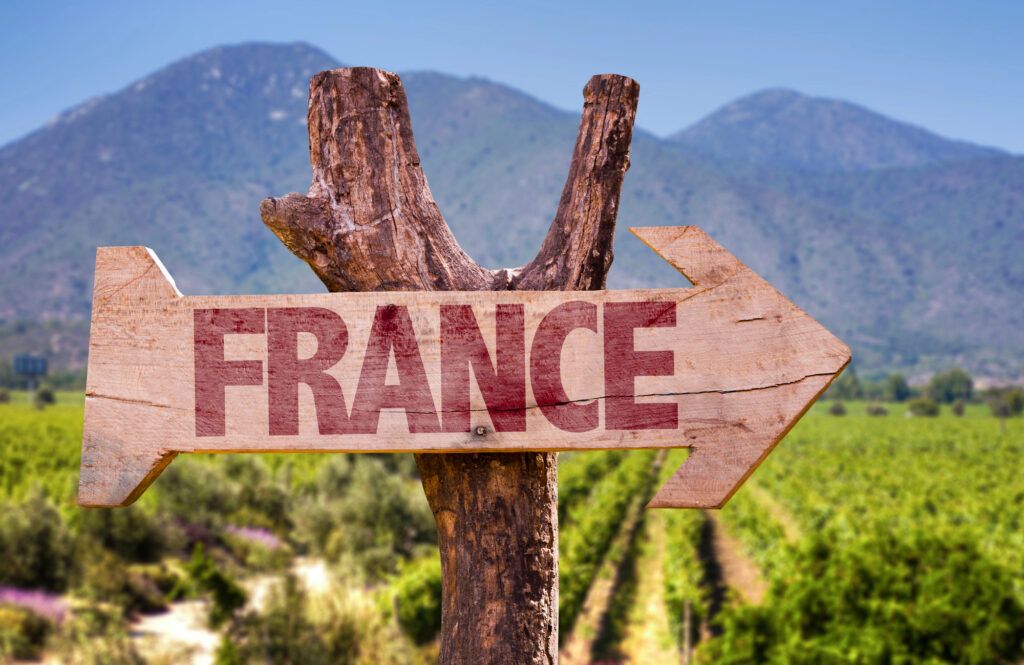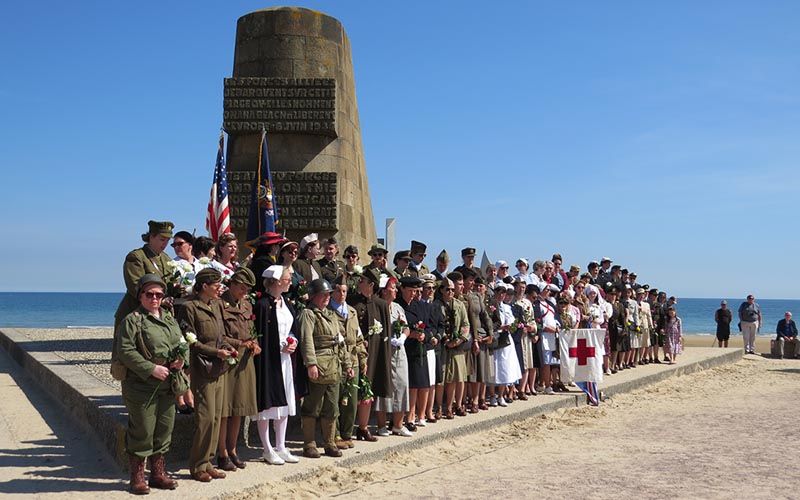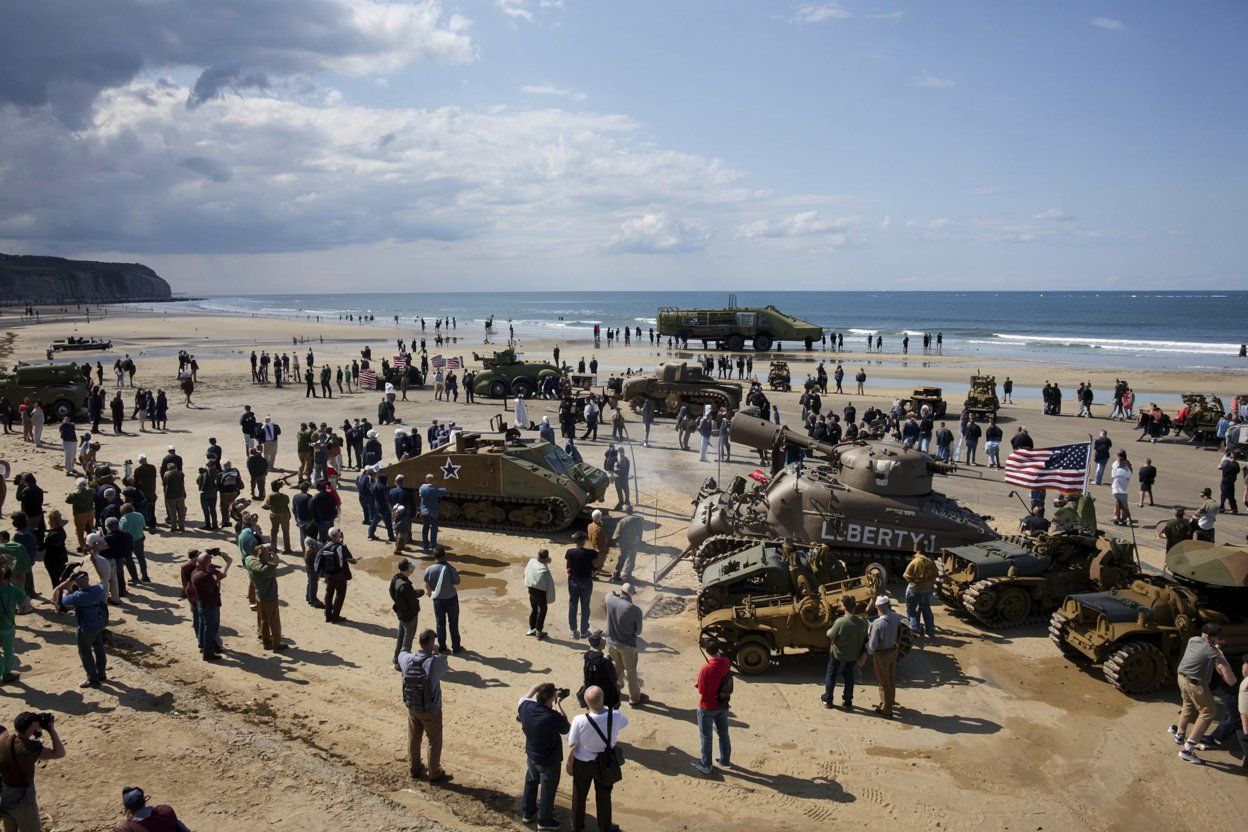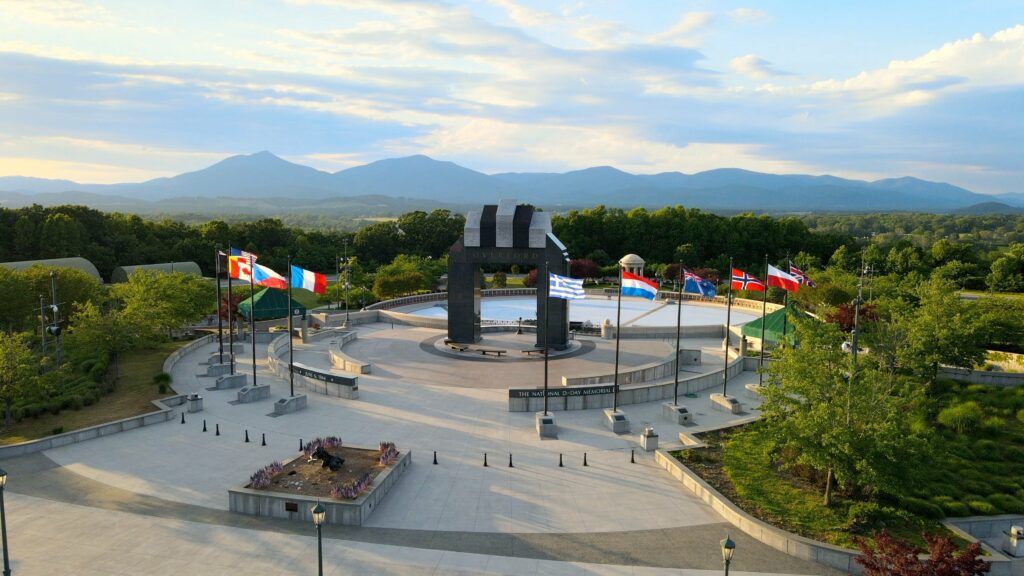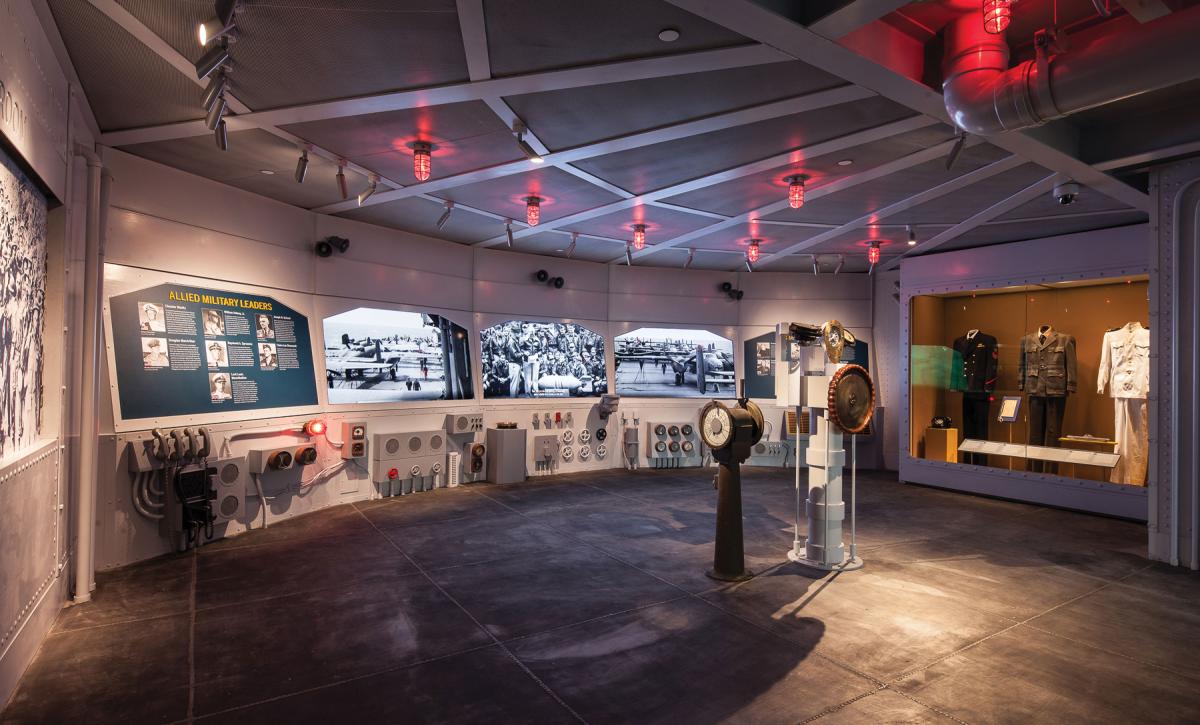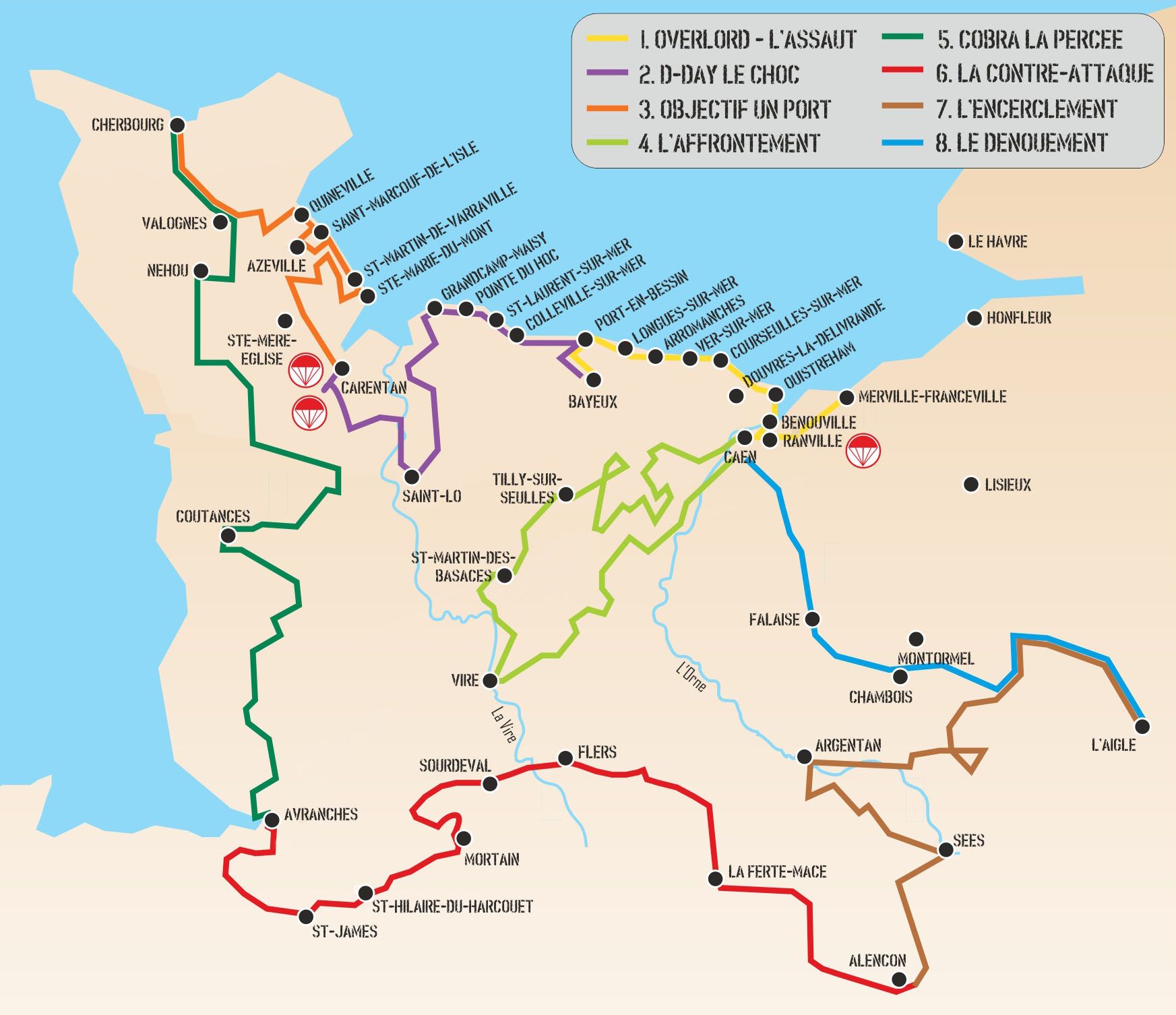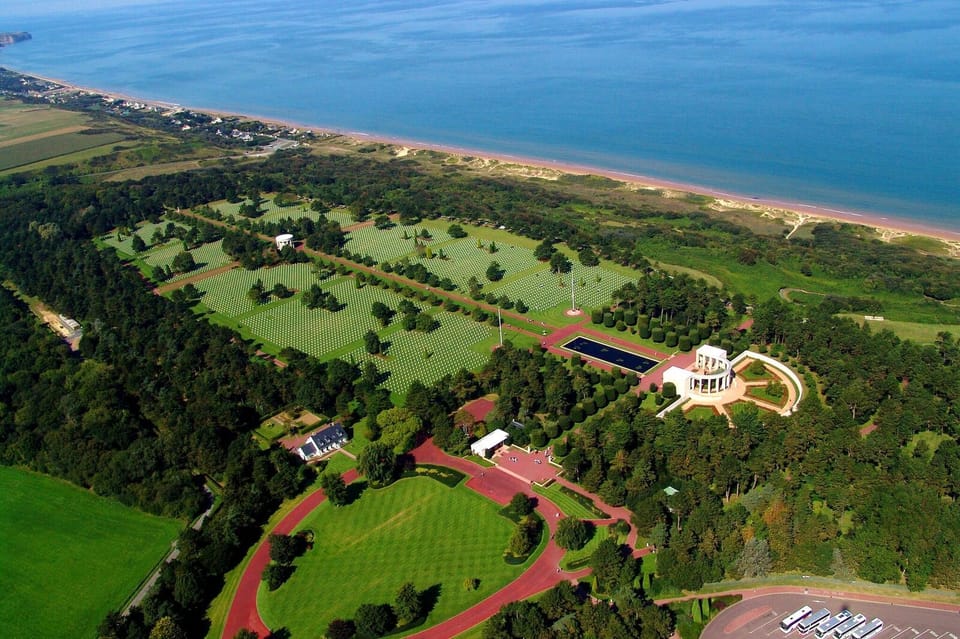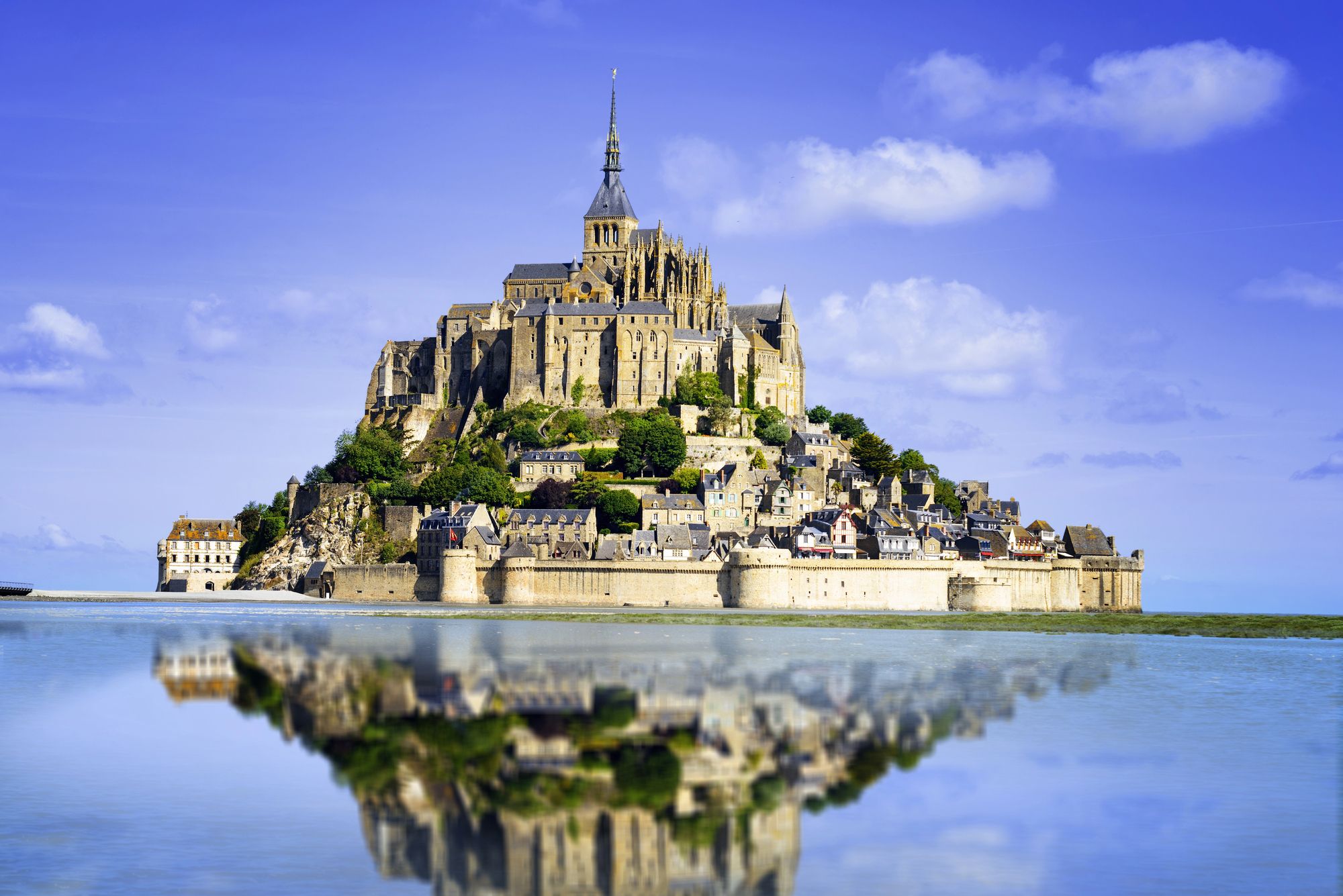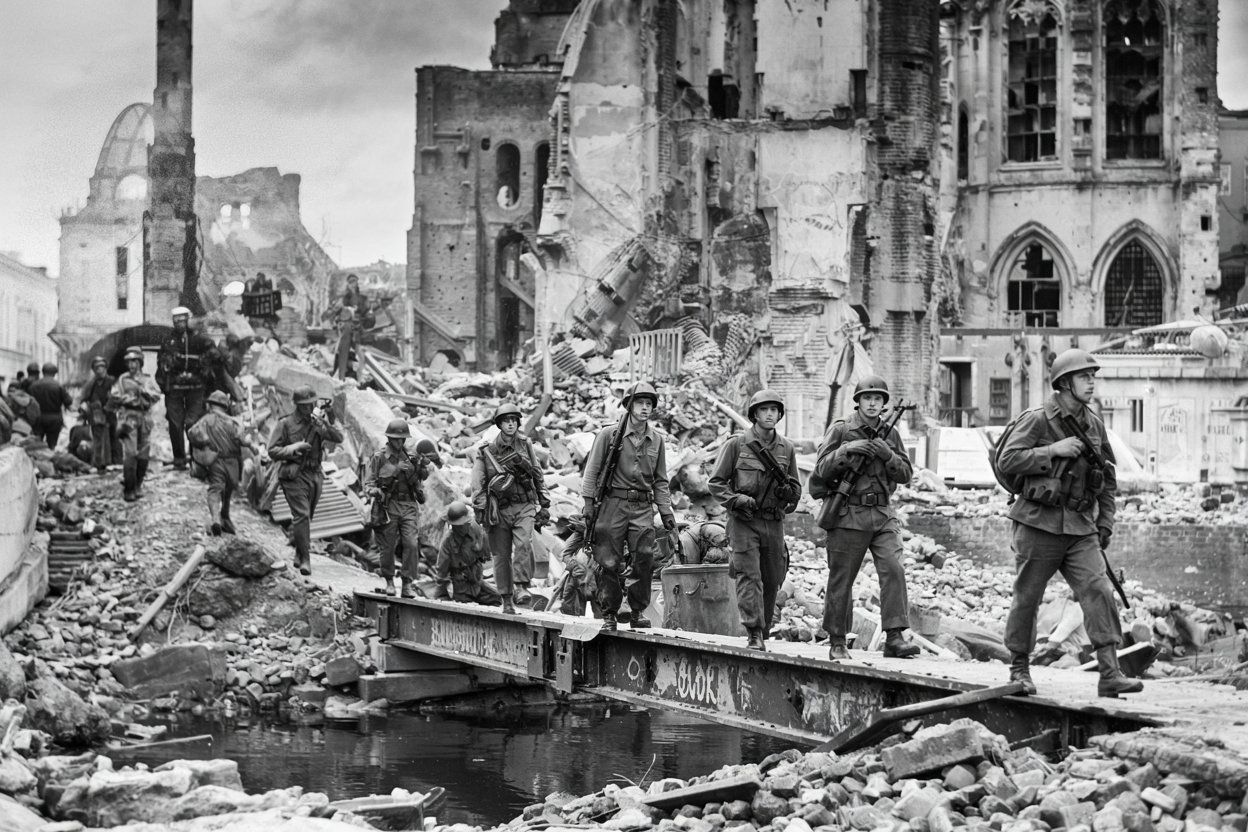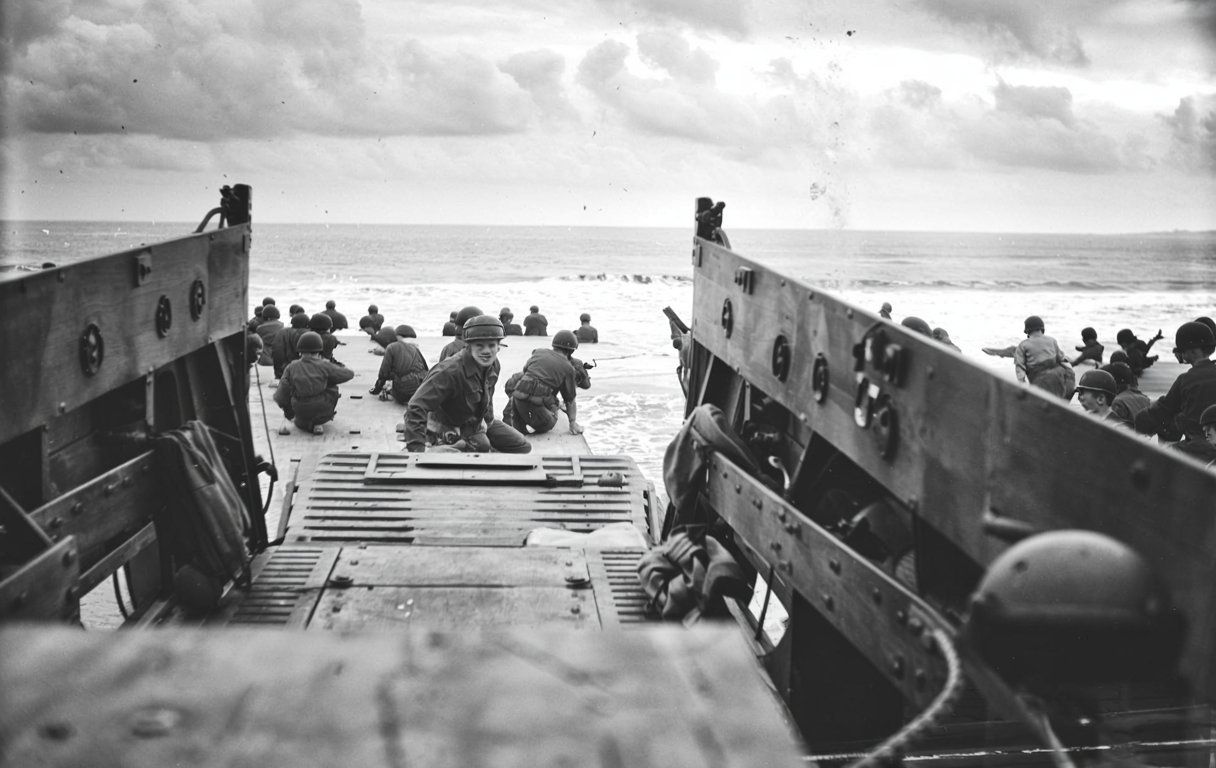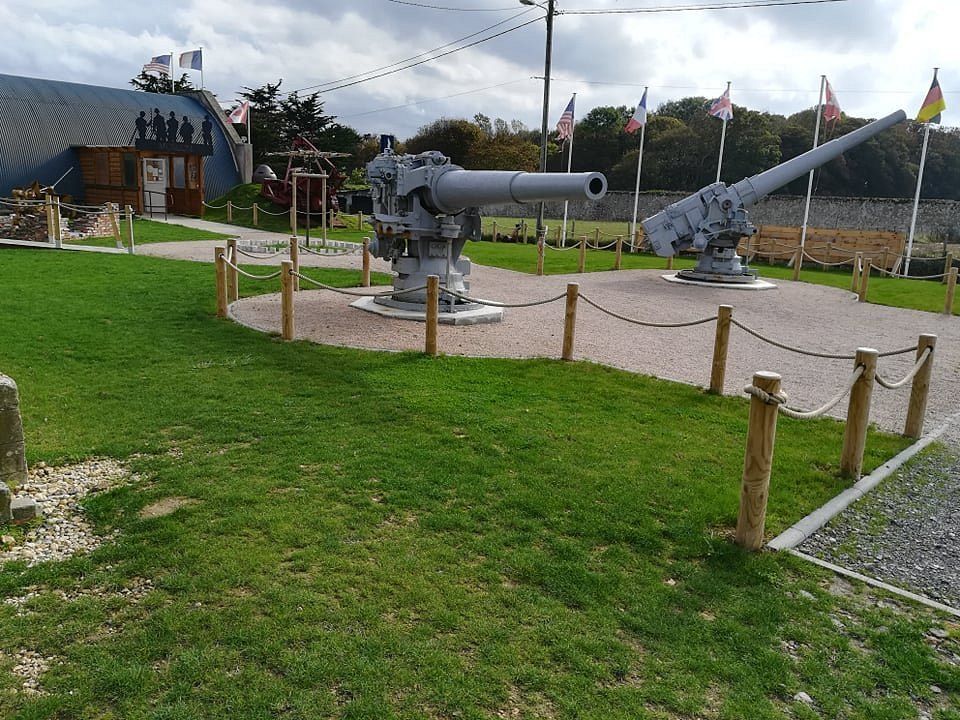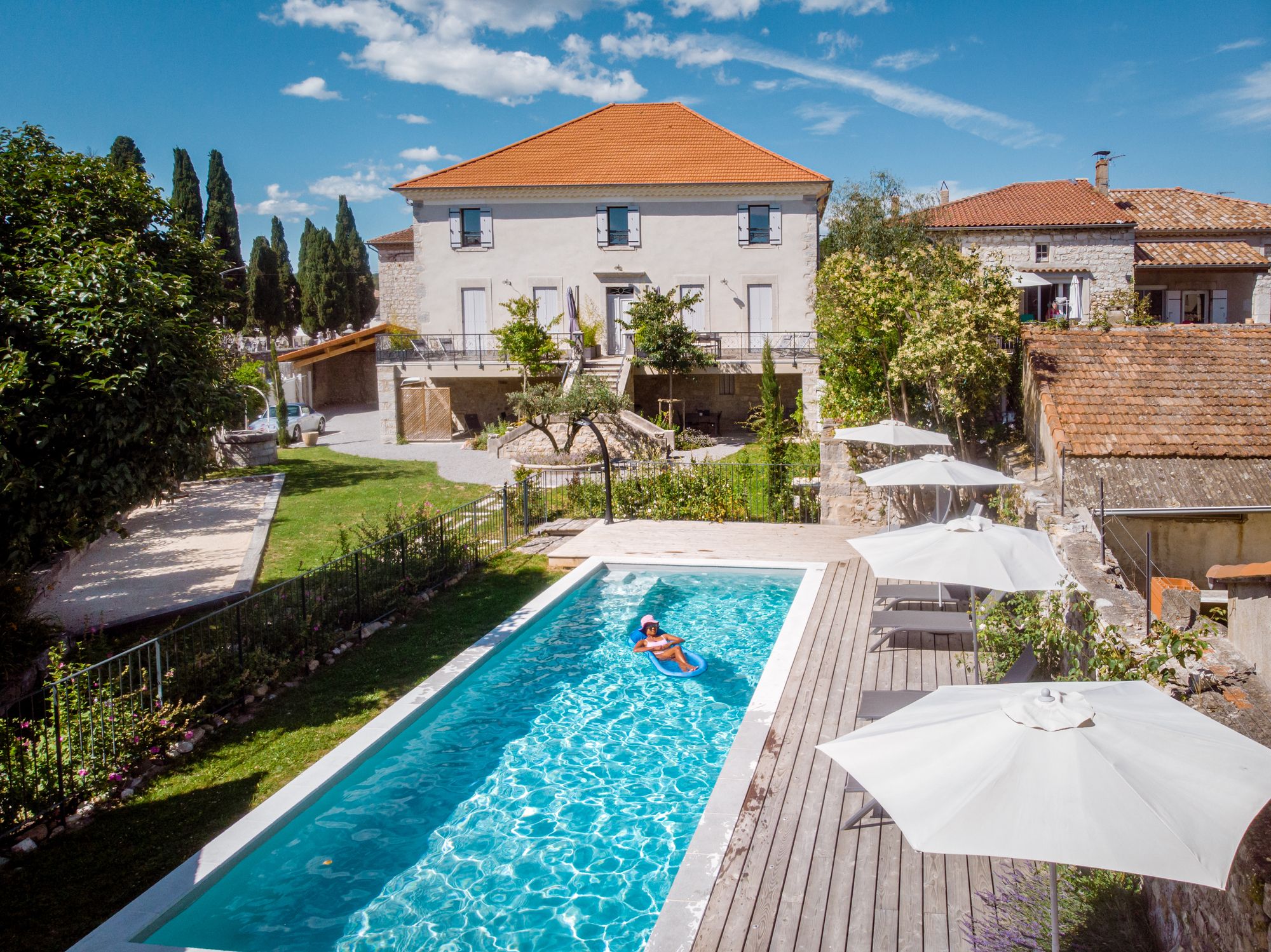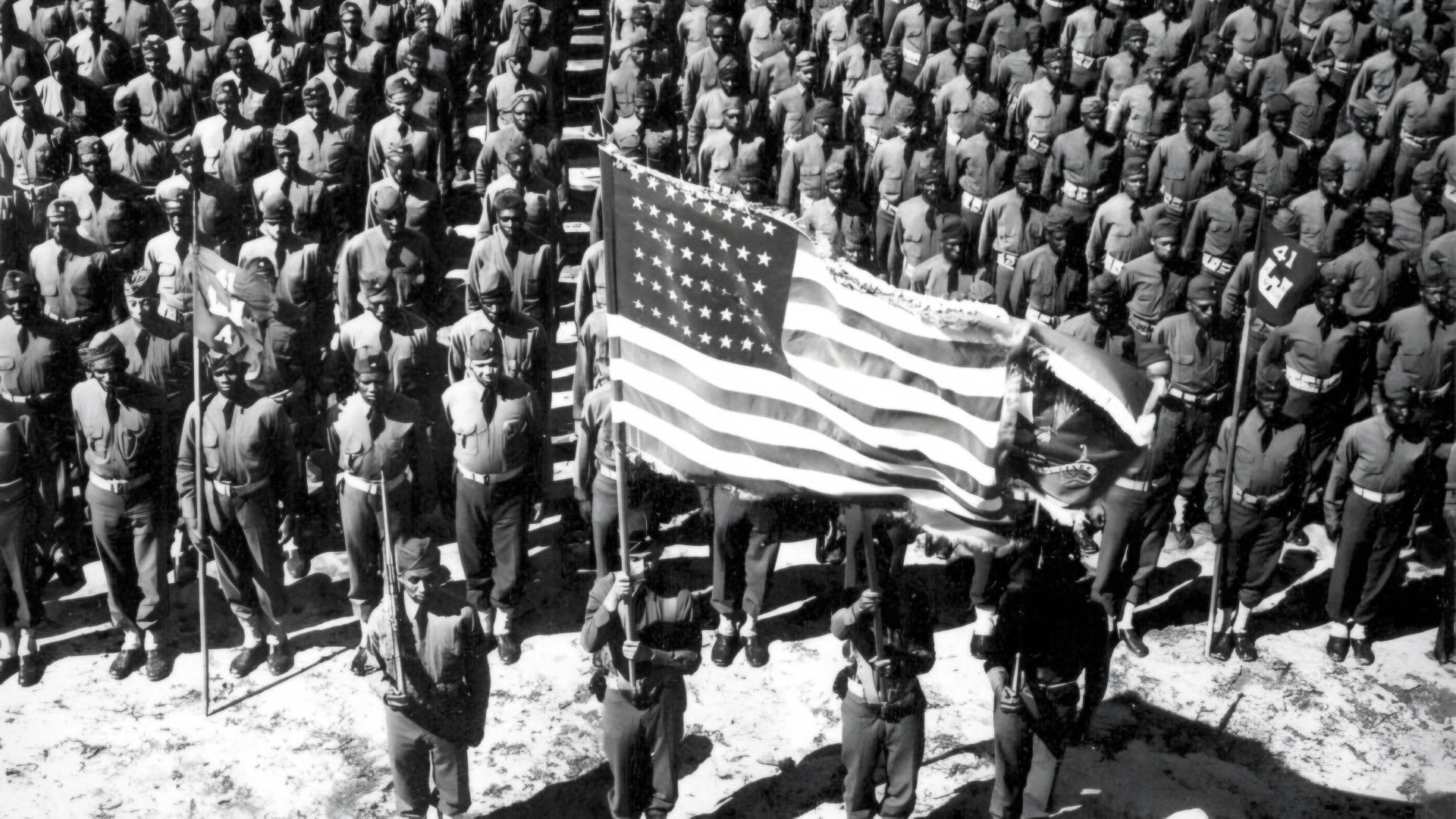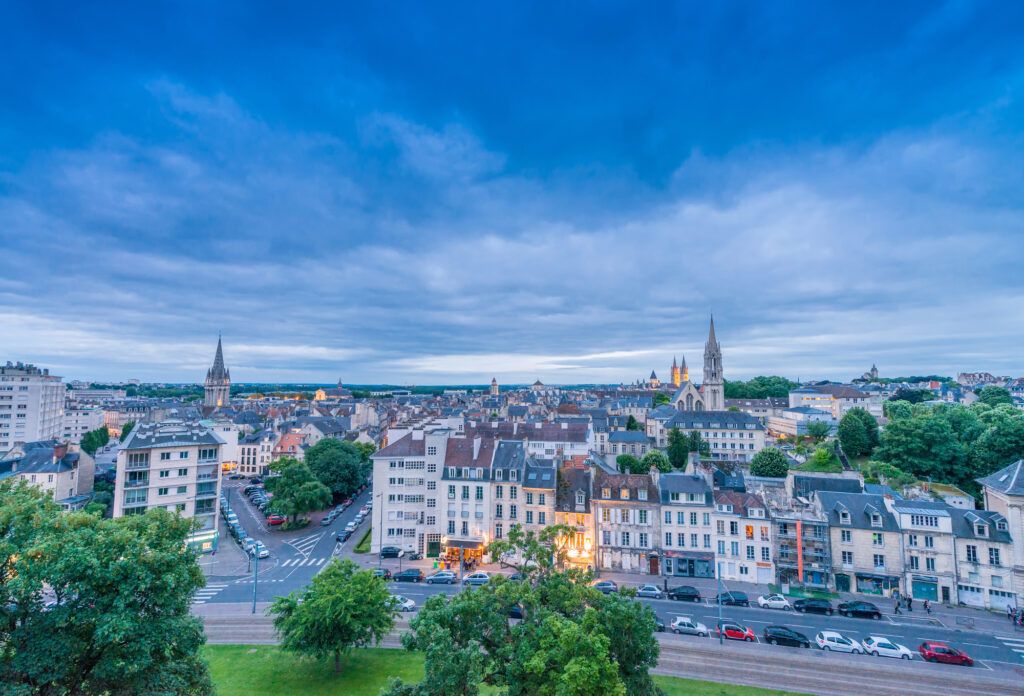Normandy’s got this way of mixing history and natural beauty, especially as June wraps up. From the D-Day beaches to medieval towns, the region buzzes with summer events and that easygoing French vibe. For June 22-28, 2025, there’s a seriously good mix of things to do—Normandy’s past and present both get their moment in the sun.
Maybe you want to see Mont Saint-Michel or stumble onto a hidden village market. Either way, Normandy gives you the real deal—no tourist traps, just genuine experiences. The weather’s usually mild, which makes it easy to bounce between outdoor adventures and poking around museums. Weekend events range from food fairs to live music, all with that unmistakable Norman touch.
1) Visit the historic D-Day landing beaches
June always feels especially meaningful on the D-Day beaches. Utah, Omaha, Gold, Juno, and Sword—each stretch of sand tells its own story from June 6, 1944.
Start at the Normandy American Cemetery above Omaha Beach. Over 9,000 American soldiers rest here, and the place is open daily 9am-5pm. It’s a sobering walk, but one you won’t forget.
At Utah Beach Museum, you’ll find ten exhibits that take you through the invasion step by step—vehicles, oral histories, and more. It’s right on the landing site, which adds a bit of weight to the experience.
Canadians should check out the Juno Beach Centre, built by veterans in the ’90s. It’s a heartfelt tribute to the 3rd Canadian Infantry Division’s role.
You’ll spot German bunkers and gun batteries scattered along the coast—tough reminders of the past, just sitting there above the peaceful beaches.
Guided tours from Bayeux run regularly if you’d rather not go it alone. Cruise passengers can book special shore excursions from Le Havre this week.
2) Explore Mont Saint-Michel Abbey
The Abbey of Mont-Saint-Michel is one of those places you just have to see for yourself. It’s been standing since 966, perched on a rocky island, and still manages to impress even the most jaded traveler.
Tour the Gothic church, cloister, and knights’ hall. The Refectory from the 1200s gives you a peek into monastic life—honestly, the dining hall alone is worth the climb.
The abbey’s open every day, and summer hours stretch a bit longer. If you can, go in the morning to dodge the crowds and get those sweeping sea views mostly to yourself.
As you wander, pay attention to how the builders worked with the mountain’s weird shape. Each level is a little architectural puzzle.
Guided tours add some much-needed backstory—this place has been a monastery, a prison, and now it’s a protected heritage site.
Bring good shoes. The stairs are no joke, but the view from the top makes up for it.
3) Attend local Normandy spring festivals
June’s that sweet spot where spring festivals are still hanging on. The Medieval Days in Les Andelys bring out historical reenactments and a bit of pageantry.
The D-Day Festival Normandy keeps rolling this week along the Landing Beaches, mixing festive and cultural events that honor WWII history.
Fécamp’s Summer Festival goes big under the cliffs—maritime events, concerts, and a general sense of seaside fun. The connection between music and the ocean feels especially strong here.
Normandy’s festival lineup is all over the map—jazz, balloons, food, crafts. You’ll find something that fits, whether you’re into music, history, or just snacking your way through a market.
If you’ve got kids, many festivals include medieval games, puppet shows, and craft workshops—perfect for keeping everyone happy.
4) Taste authentic Normandy apple cider
Normandy’s apple cider is a point of pride around here. The Normandy Cider Route takes you through rolling orchards and stops at some of the best cideries.
Weather’s on your side this week for lazy drives and tastings. Most ciders here are 3-5% ABV, and the flavors really reflect the local apples—crisp, a little tart, sometimes a hint of funk.
Try the Cru de Cambremer ciders if you spot them—they’re a bit more bitter and super refreshing.
Producers along the Route du Cidre offer tastings and sell bottles directly. The route’s about 40km and well-marked with little apple signs, so you won’t get lost.
You’ll probably run into Calvados too, Normandy’s famous apple brandy. Different drink, same apple obsession.
Some cideries are hosting special tastings this week, so you can chat with the folks behind the bottles and maybe pick up a few secrets.
5) Tour the Bayeux Tapestry Museum
The Bayeux Tapestry Museum is a must for history buffs—or anyone who appreciates a good story. This 70-meter embroidered masterpiece tells the tale of William the Conqueror’s 1066 invasion and has UNESCO recognition.
With the audio guide, you’ll move along as the story unfolds. Multiple languages available, so don’t worry if your French is rusty.
Even if medieval history isn’t your thing, the detail and drama woven into the tapestry are worth a look. The museum lays it out in a way that makes the whole saga surprisingly easy to follow.
After the main exhibit, check out the other displays for more medieval context. The museum sits right in Bayeux’s old town, so you can easily squeeze it into your day.
Go early to beat the summer crowds. Most people spend about 90 minutes here, which leaves you time for other Bayeux highlights afterward.
6) Walk through the medieval town of Honfleur
Honfleur’s got charm to spare—medieval buildings, a storied harbor, and that easy rhythm of a port town. It’s about 30 minutes from Deauville, so not a huge trek.
Kick things off at the Vieux Bassin (Old Harbor). The tall, skinny houses with slate roofs make it feel like you’ve stepped into a painting. Boats bobbing, artists sketching, seagulls doing their thing.
Saint Catherine’s Church is a must-see. Built by shipbuilders in the 1400s, it’s all wood and has a separate bell tower—quirky and practical.
Wander the cobbled streets and you’ll see why so many Impressionists fell in love with Honfleur. The light here really does have something special.
Don’t skip the Jardin des Personnalités. It’s a relaxing garden with busts of notable French figures—great for a breather, especially if you have kids in tow.
If you want to cover the highlights, follow the walking tour of the Old Town. It’s a handy way to hit the big sights without missing anything cool.
7) Discover WWII Museums like Arromanches
Normandy’s WWII museums really pack a punch this week. The Arromanches museum focuses on the artificial harbor that helped win the war.
The Airborne Museum in Sainte-Mère-Église is another standout. It’s all about the American paratroopers—lots of immersive exhibits, and you can see the church where John Steele got snagged on the steeple.
For a deep dive into the western landings, the Utah Beach Landing Museum is set inside a German bunker and covers everything from the occupation to the naval battles.
Special guided tours with English-speaking historians run daily this week. If you’re not into crowds, go in the morning.
Tickets usually run €8-15, and you can get combo passes for multiple museums. Most places close around 6pm, but a few stay open later on Thursdays.
8) Enjoy coastal towns like Deauville and Trouville
Deauville and Trouville are Normandy’s classic seaside pair—easy to reach and each with its own vibe.
Deauville’s got that Belle Époque glamour. Stroll the Les Planches boardwalk, dip your toes in the sand, and soak up the “Parisian Riviera” feel.
If you’re into horses, Deauville’s racecourse is just steps from the sea. Even if you don’t bet, it’s fun to watch the action.
Trouville keeps things more low-key—think fishing village with a lively market full of fresh seafood and local produce, especially bustling this week.
Science fans should check out Paléospace nearby for a look at the region’s Jurassic past and coastal wildlife.
Both towns get busy with summer crowds, so try to get there early if you want to snag a good parking spot and avoid the midday rush.
9) Sip Calvados brandy in traditional distilleries
Normandy’s apple brandy, calvados, is a real taste of the region‘s farming roots. You can drop by several traditional distilleries in Calvados this week, peek behind the scenes, and sample what they make.
The Calvados Christian Drouin distillery is a favorite with visitors. Their tours dive into how calvados production stands apart from other spirits, and you’ll actually see their old-school methods in action.
If you want something a bit more modern and interactive, check out Calvados Expérience, which opened in 2018. It’s a museum with audio, visuals, and multi-sensory effects—pretty engaging, honestly—showing off calvados’s place in local culture.
The Busnel distillery claims the title of oldest big producer in the area. Their tastings bring out notes of almond, vanilla, and even a bit of licorice, all layered over that classic apple base.
For a more rustic vibe, Ferme de la Vallée au Tanneur lets you watch Normandy cows grazing under apple trees before you try their organic calvados.
Most distilleries ask that you book ahead for tours right now. Either bring a designated driver or go with an organized tour that takes care of transport—trust me, you’ll want to taste freely.
10) Stroll Normandy’s peaceful countryside trails
Normandy’s countryside is a welcome break from the summer crowds in June. There are loads of marked trails winding through apple orchards, rolling hills, and villages that just feel…well, very Norman.
The weather this week is pretty much perfect for a walk—around 70°F (21°C) and not much rain in the forecast. Light clothes, comfy shoes, and a water bottle should do the trick.
If you’re just starting out, the 4-mile Pays d’Auge path near Lisieux is easygoing and gives you some great views. For something tougher, the 8-mile route through Suisse Normande has dramatic cliffs and more challenging terrain.
All around the Norman countryside, old railway tracks have turned into walking paths. They’re flat and straight, so they’re great for families or anyone looking for a relaxed stroll.
You’ll often spot farmers selling cider, cheese, or fresh produce right from their properties along the trails. Bring some cash, since cards aren’t always accepted out in the sticks.
Honestly, starting your walk early is smart—not just to dodge the heat, but also to catch more wildlife. Deer, foxes, and plenty of birds are most active in the morning.
Understanding Normandy’s Seasonal Events
Normandy’s whole vibe shifts in late June, offering visitors a shot at genuine local culture. The region balances its traditions with the realities of summer crowds, making visits both lively and pretty manageable.
Weather and Local Festivities in Late June
Late June usually means mild weather—think 15-24°C (59-75°F)—with a few rain showers to keep everything green. Bring layers and a light raincoat just in case the weather flips.
Festival season kicks off now. The Fête de la Mer (Sea Festival) takes over coastal towns, celebrating all things maritime with seafood, music, and boat blessings in fishing villages.
You’ll stumble on smaller village festivals too, marking the summer solstice with bonfires and traditional dancing. Local markets get a boost from early summer produce—strawberries and cherries from nearby farms are everywhere.
Regional Travel Tips for a Smooth Visit
Book your place to stay at least 2-3 weeks ahead—this time of year is busy. Coastal towns get packed on weekends, especially with Parisians escaping the city.
Public transport steps up in summer, but honestly, renting a car gives you the most freedom to reach rural festivals. A lot of events in Normandy happen in out-of-the-way spots.
A few tips:
- Hit popular sites (Mont Saint-Michel, D-Day beaches) early or late to dodge crowds
- Carry cash for rural markets and festivals
- Brush up on basic French greetings—it really does help
- Check in with local tourist offices for event updates; smaller festivals might not show up online
Enhancing Your Experience in Normandy
To really get the most out of Normandy, dive into local customs and try the regional specialties. That’s what takes a trip from “nice” to something you’ll actually remember.
Language and Cultural Etiquette
Start any conversation with a friendly “Bonjour” (good day) or “Bonsoir” (good evening) before switching to English. It’s a little thing, but it makes a difference and usually gets you a warmer response.
People in Normandy appreciate when visitors try a few French basics. Maybe learn “Merci” (thank you), “S’il vous plaît” (please), and “Excusez-moi” (excuse me). It’s not hard, and it goes a long way.
At the D-Day beaches, keep things respectful—they’re memorials, not just tourist spots.
Tipping isn’t required, but if you liked the service, 5-10% is a nice gesture in restaurants. Service is usually included in your bill anyway.
Shops in small towns often close for lunch between 12 and 2pm—don’t get caught out by that.
Recommended Local Cuisine to Try
Normandy’s food scene? It’s all about apples, dairy, seafood, and meats from right around the corner.
Must-try dishes:
- Camembert, Livarot, and Pont-l’Évêque cheeses—don’t bother if they’re not at room temp
- Moules à la normande (mussels simmered with apple cider and cream)
- Tarte aux pommes (that classic Norman apple tart, heavy on caramelized apples)
- Agneau de pré-salé (salt meadow lamb, which really does taste unique—promise)
You’ve got to sample the real Calvados, Normandy’s famous apple brandy. Locals will sometimes serve it between courses as a “trou normand”—supposedly to reset your palate, though maybe it’s just an excuse for more Calvados.
Breakfast? Grab a fresh baguette and slather it with Norman butter. That deep yellow color? It’s the grass. The cows here eat well, and it shows.
If you’re into seafood, swing by a coastal town like Dieppe. The fish and shellfish come in fresh and don’t need much fussing—just simple, honest flavors.

